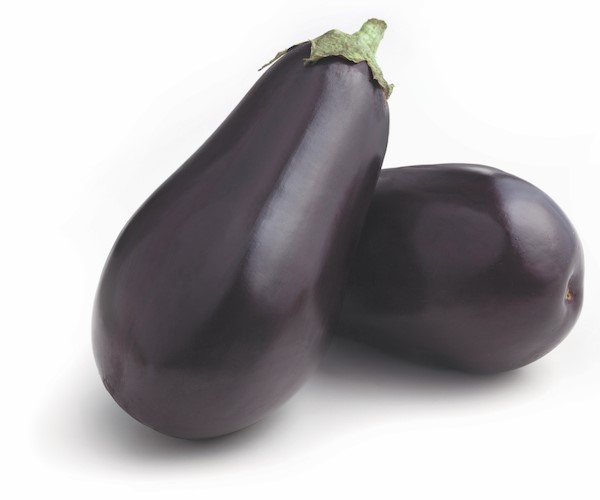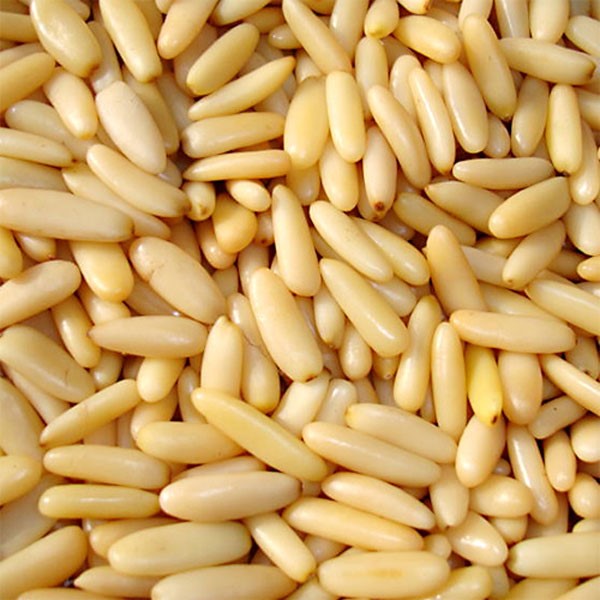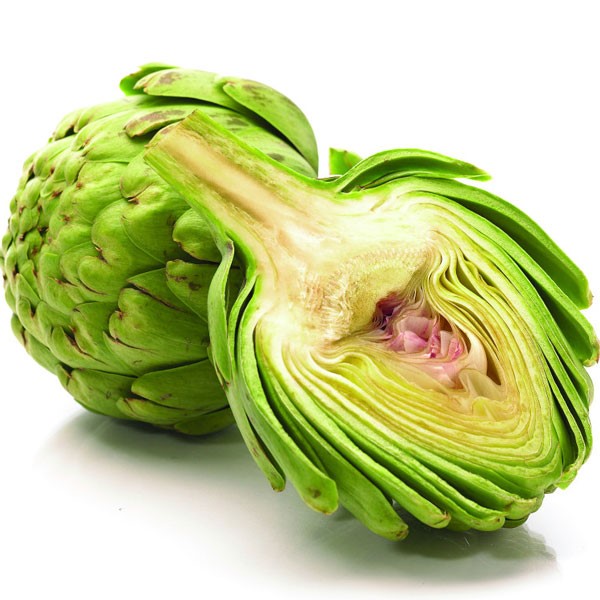Description
The usual suspects—pasta, sauce, cheese, basil—they get all the love in Italian cooking. But let's not overlook the underappreciated ingredients that really make a dish shine.
Finocchio: Fennel

With flavors similar to anise and licorice, fennel is a unique ingredient used in many Italian dishes. Although the bulb is most commonly used, the leaves (fronds), stems, and seeds can also be used to create flavorful dishes. When using Fennel in your recipes, experiment with different preparation methods; fennel can be used raw, baked, grilled, or stewed.
Melanzane: Eggplant

Ever wonder where the eggplant gets its name? The first variety of eggplants were actually white-yellow in color and were oval shaped—thus mimicking the color and shape of an egg. Today, eggplants are known for their deep purple color and shiny skin, and did you know they're in the same family as tomatoes? Eggplants are best when grilled, deep-fried, baked, or broiled. When selecting your eggplant, make sure it has a deep purple color with glossy, smooth, and shiny skin; store in paper towel or a perforated plastic bag.
Rucola: Arugula
Commonly referred to as "rocket" in Italy, arugula is a spicy, peppery, and mustardy leafy green. It makes a delicious salad on its own or paired with other leafy greens. But don't limit arugula to just salads! Italians use this green to top pastas and pizzas; they even mix it into pesto for an extra depth of flavor.
Capperi: Capers

Made from immature flower buds of the caper bush, the capers you find in the store pickled, giving them a briny, tangy taste. Much of the flavor comes from curing in either salt or vinegar. Capers pair well with lemon, chicken, fish, veal, pasta, and tomato-based sauces. Things to remember when using capers: The larger the caper, the more acidic it tends to be. Also, to lessen the salty punch, give 'em a quick rinse before incorporating into your dish.
Funghi: Mushrooms
Crimini, portabello, porcini, truffles—these are all delicious mushrooms used in soups, risottos, salads, sauces, or for stuffing with savory fillings. They create robust, earthy flavors within Italian cuisine. When selecting mushrooms at the store, make sure their surface is dry and the mushrooms appear to be firm, smooth, and plump. Before cooking, make sure to "wash" each mushroom by using a damp paper towel and gently scrub the mushroom clean.
Carciofo: Artichoke

Artichokes are actually a network of flower buds that have yet to bloom. In Italy, fresh artichoke hearts are prepared and used to top pizzas while whole artichokes can be stuffed with a mixture of bread crumbs, garlic, oregano, parsley, cheese, and prosciutto or sausage. Artichokes can also be processed and canned with vinegar and an assortment of spices. These are the guys to turn to for easy salad toppers and sandwich fixings.
Pinoli: Pine Nuts

Just like they sound, these tree nuts are edible seeds of pines. Harvested by hand from pine cones, these nuts are a delicious treat that can be added to meat, fish, salads, breads, and even sweet treats like cookies. They are most commonly used in the classic preparation of pesto. For a deeper, richer flavor, toast pine nuts in the oven or in a large skillet over medium heat.

